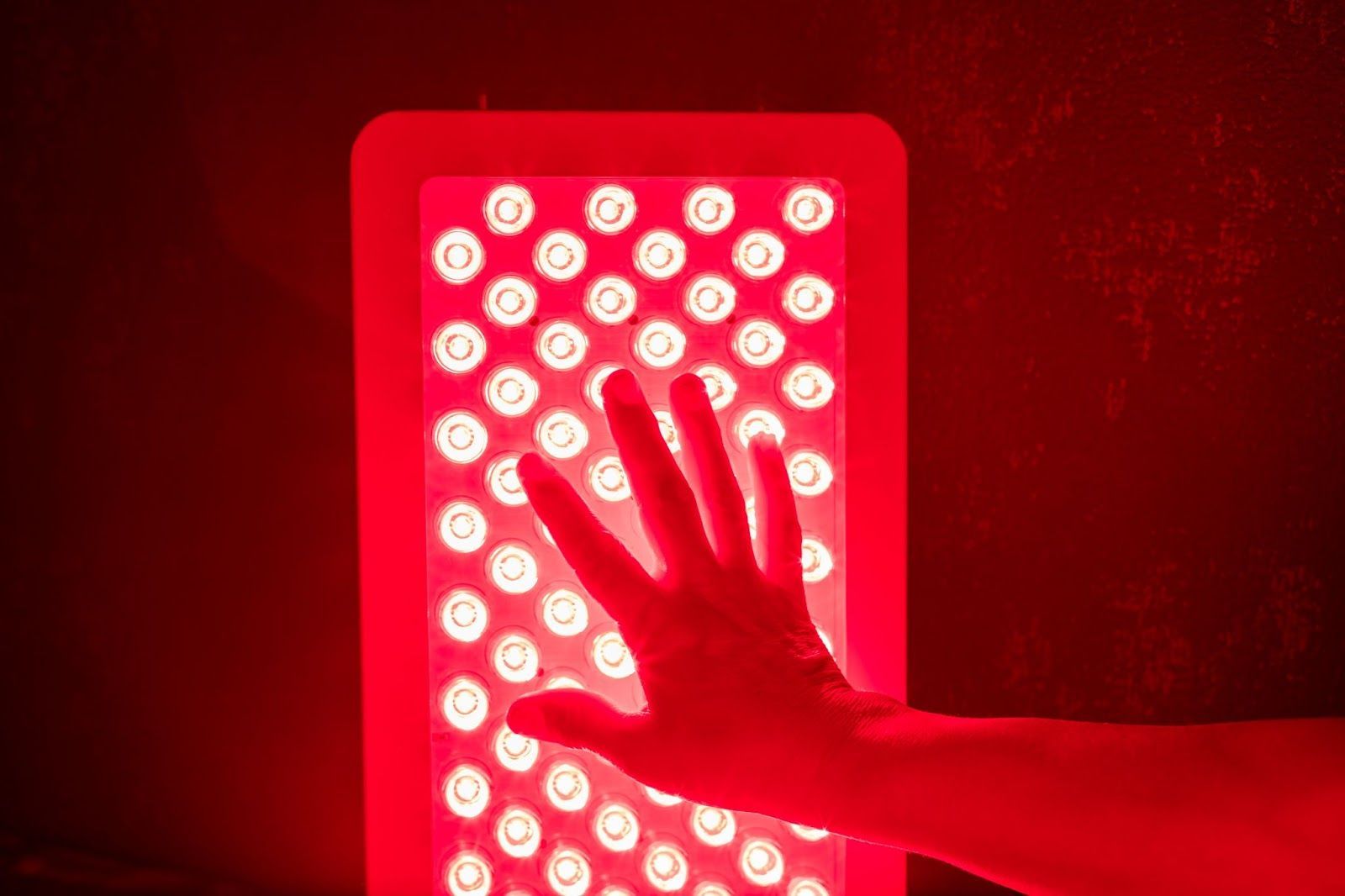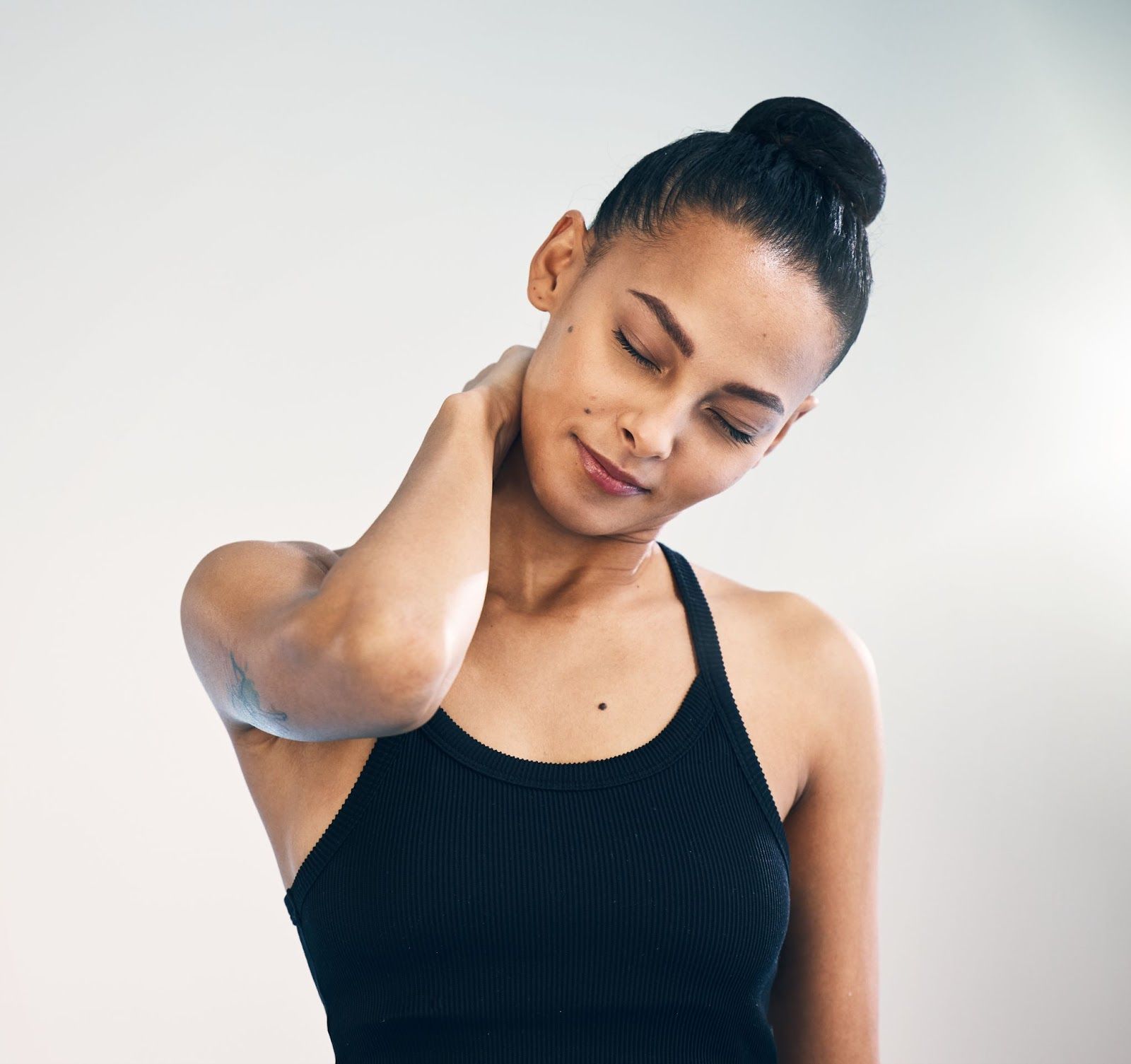Red Light Therapy: How It Works and Who Can Benefit
Red light therapy stands out for its versatile health applications, providing a novel approach to addressing a multitude of concerns. By harnessing specific light wavelengths, this therapy stimulates cellular processes, eliciting widespread attention for its positive testimonials and potential benefits. From expediting wound healing and alleviating inflammation to enhancing skin health and boosting athletic performance, red light therapy offers a natural, noninvasive solution for individuals seeking holistic well-being improvements.
Dive into the mechanisms and applications of red light therapy to discover its transformative effects on health. Explore how this innovative approach can benefit a diverse range of individuals, offering promising results for those seeking natural and effective solutions to their health issues.
What Is Red Light Therapy?
Low-level laser therapy, also known as photobiomodulation (PBM) or red light therapy, uses specific wavelengths of red or near-infrared light to enhance various physiological processes within the body by stimulating cellular function. This non-invasive therapy has gained popularity for its versatility and promising benefits across multiple applications. By penetrating the skin and being absorbed by cellular components such as mitochondria, red light therapy promotes increased cellular energy production, improved circulation, reduced inflammation, and enhanced tissue repair and regeneration.
As a result, lots of people may profit from this therapeutic approach, including athletes looking to recover from muscle injuries, people with skin conditions, people in chronic pain, and even people battling aging or hair loss. Moreover, ongoing research suggests potential applications in mood disorders and mental health, further expanding the scope of red light therapy's benefits.
Understanding the Benefits of Red Light Therapy
Red light therapy offers many potential benefits for individuals seeking alternative methods to address various health concerns. Red light therapy has many uses, from encouraging tissue repair and decreasing inflammation to treating skin conditions and boosting athletic performance.
Whether you're an athlete aiming to accelerate recovery, someone struggling with chronic pain, or simply seeking to improve your overall well-being, exploring the potential advantages of red light therapy may offer valuable insights into optimizing your health journey.
Here are some of the key benefits associated with red light therapy:
Improved Skin Health
Red light therapy has been shown to stimulate collagen production, which can improve skin tone, texture, and elasticity. It may also help reduce wrinkles, fine lines, and acne scars.
Pain Relief
Many studies suggest that red light therapy can help reduce pain and inflammation by increasing blood flow and promoting tissue repair. It's often used to alleviate muscle soreness, joint pain, and stiffness associated with arthritis or injury.
Accelerated Wound Healing
Red light therapy has been found to speed up the healing process for wounds, cuts, and burns by enhancing cellular repair mechanisms and reducing inflammation. This makes it a valuable tool in both medical and cosmetic settings.
Hair Growth
Some research suggests that red light therapy can promote hair growth by stimulating hair follicles and increasing circulation to the scalp. It's used as a non-invasive treatment for conditions like alopecia and male pattern baldness.
Reduced Inflammation
Red light therapy has anti-inflammatory effects that may benefit conditions such as rheumatoid arthritis, inflammatory bowel disease, and other inflammatory disorders. Modulating immune responses and reducing inflammation can help alleviate symptoms and improve overall well-being.
Improved Circulation
Red light therapy can enhance blood circulation by dilating blood vessels and improving the oxygenation of tissues. This can lead to better nutrient delivery, waste removal, and overall cardiovascular health.
Mood Enhancement
According to some research, red light therapy may improve mood by promoting the release of endorphins and serotonin, two neurotransmitters linked to happiness and a sense of well-being. It's often used as a complementary therapy for conditions like depression and seasonal affective disorder (SAD).
Reduced Scarring
Red light therapy has been demonstrated to promote collagen remodeling and tissue regeneration, which reduces the formation of new scars and improves the appearance of existing scars. This makes it a valuable adjunctive treatment for surgical scars, acne scars, and stretch marks.
Improved Cognitive Function
Preliminary research suggests that red light therapy may have neuroprotective effects and could help improve cognitive function and memory. It's being investigated as a potential treatment for conditions like Alzheimer's disease and traumatic brain injury.
Enhanced Athletic Performance and Recovery
Athletes and fitness enthusiasts use red light therapy to improve performance, accelerate recovery, and reduce muscle fatigue after intense workouts or competitions. It can help speed up muscle repair, reduce inflammation, and alleviate post-exercise soreness.
Red light therapy offers a non-invasive, drug-free approach to addressing a wide range of health concerns with minimal risk of side effects. Keep in mind that it's crucial to consult a healthcare professional before starting any new therapy, particularly if you have underlying health issues or are pregnant.

Red Light Therapy: Who Can Benefit?
Red light therapy can benefit many individuals across different ages and health conditions.
Here are some groups of people who may particularly benefit from red light therapy:
Athletes and Fitness Enthusiasts
Red light therapy can help athletes and fitness enthusiasts improve muscle recovery, reduce muscle fatigue, and enhance overall performance. It may also aid in the prevention and treatment of sports-related injuries.
People With Skin Conditions
Individuals with skin conditions such as acne, rosacea, eczema, psoriasis, and dermatitis may benefit from red light therapy. This therapy can help reduce inflammation, promote healing, and improve the overall appearance and health of the skin.
Individuals With Chronic Pain
People suffering from chronic pain conditions such as arthritis, fibromyalgia, back pain, and neuropathy may find relief through red light therapy. It has analgesic and anti-inflammatory effects that can help alleviate pain and discomfort.
Those Recovering from Surgery or Injury
Red light therapy can accelerate healing for individuals recovering from surgery, injuries, wounds, or burns. It promotes tissue repair, reduces inflammation, and minimizes scar formation.
Individuals With Joint Disorders
Red light therapy may help people with joint conditions such as bursitis, rheumatoid arthritis, osteoarthritis, and tendonitis. It can enhance joint function and mobility while assisting in reducing pain, inflammation, and stiffness.
Athletes and Those Who Regularly Exercise
Red light therapy can help athletes and regular exercisers recover faster from workouts, reduce muscle soreness, and enhance muscle strength and endurance.
Elderly Individuals
Red light therapy may benefit elderly individuals by promoting wound healing, reducing joint pain and inflammation, improving skin elasticity and collagen production, and enhancing overall mobility and quality of life.
People With Neurological Conditions
Red light therapy has the potential to help people with neurological conditions like multiple sclerosis, Parkinson's disease, Alzheimer's disease, and traumatic brain injury, but more research is needed in this area. It may have neuroprotective effects and help improve cognitive function and mood.
Those Seeking General Wellness
Individuals without specific health concerns can benefit from red light therapy for general wellness. In the long run, this therapy promotes relaxation, improves sleep quality, boosts mood, and enhances overall vitality and well-being.
It's important to note that while red light therapy offers potential benefits for various health conditions, individual responses may vary. It's advisable to consult with a healthcare professional before starting red light therapy, especially if you have any underlying medical conditions or concerns.
Red Light Therapy: A Natural Approach to Healing
Red light therapy offers a promising avenue for natural healing, leveraging gentle yet potent wavelengths to address a multitude of health concerns. With documented benefits including improved athletic performance, neurological well-being, skin rejuvenation, and pain relief, its versatility makes it an increasingly valued option in holistic health approaches. Its non-invasive nature and minimal side effects make it an appealing choice for those seeking alternative or complementary treatments, appealing to individuals of all ages and backgrounds seeking a path to wellness.
Visit our
StretchX blog today to learn more about professional stretching options for your well-being.




